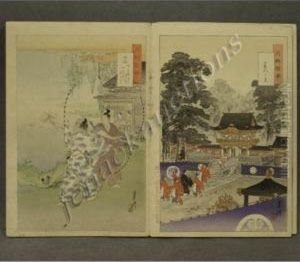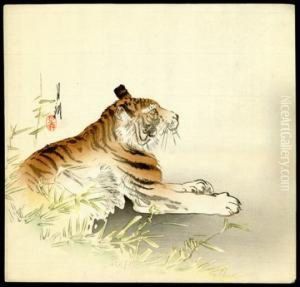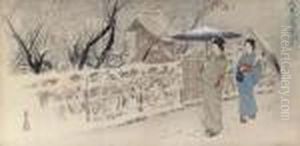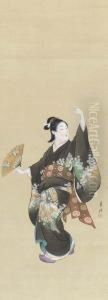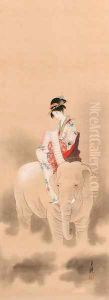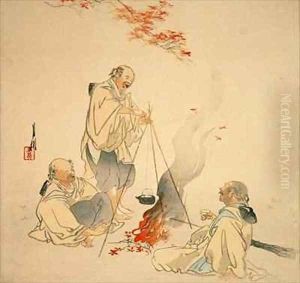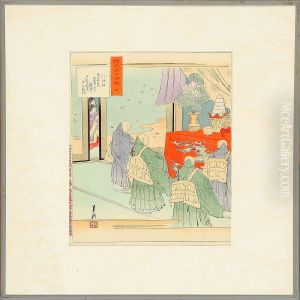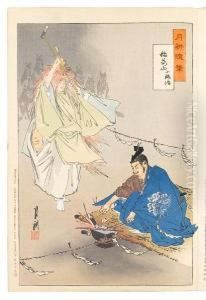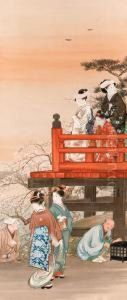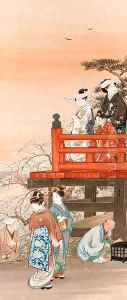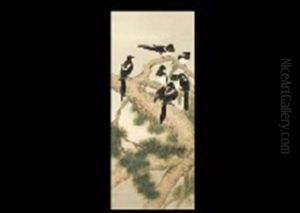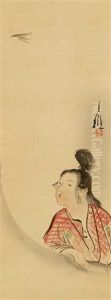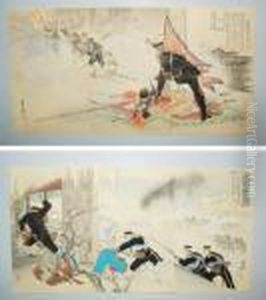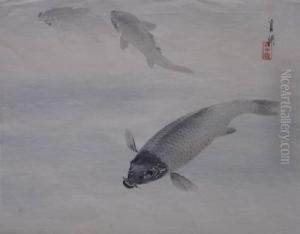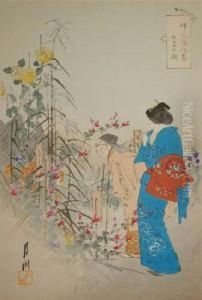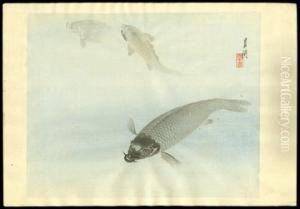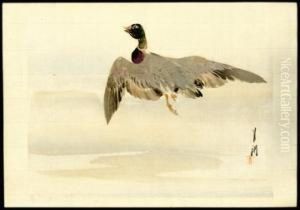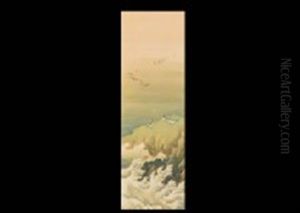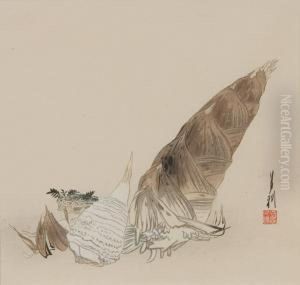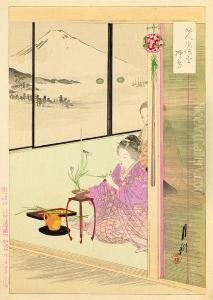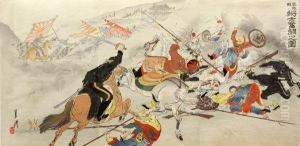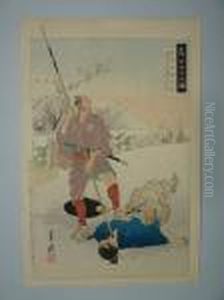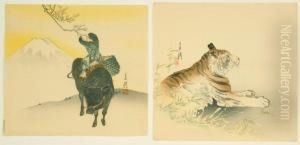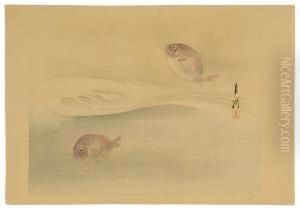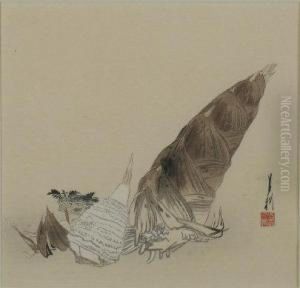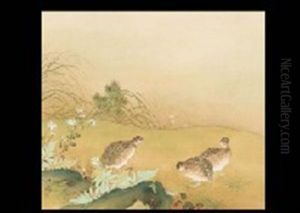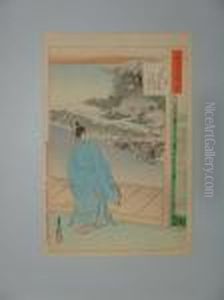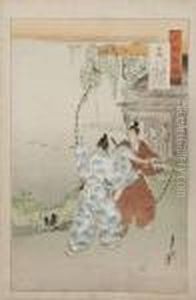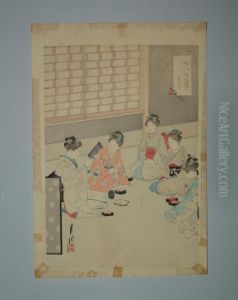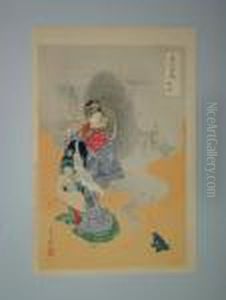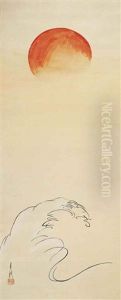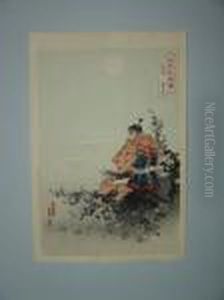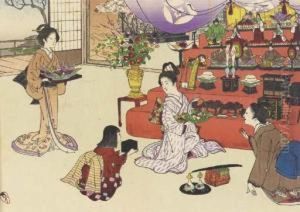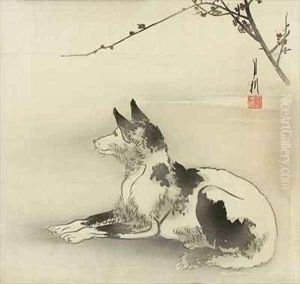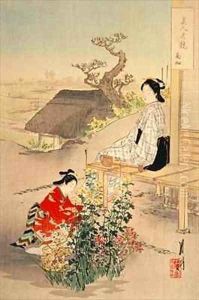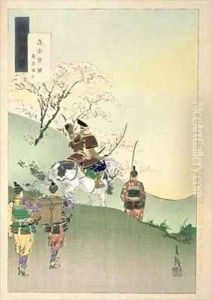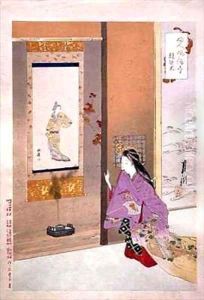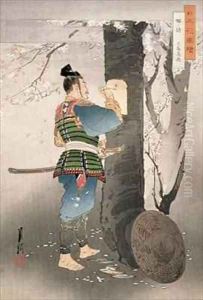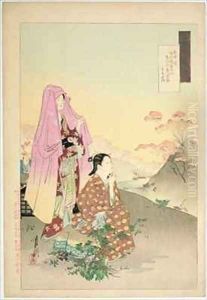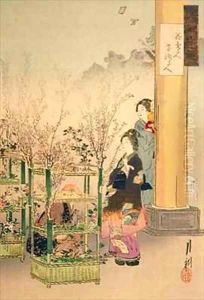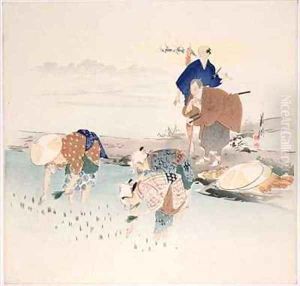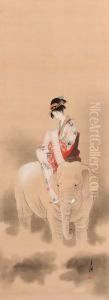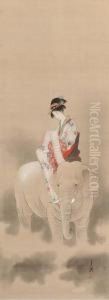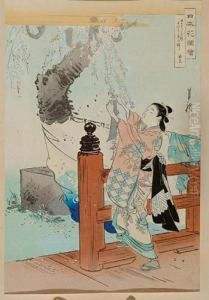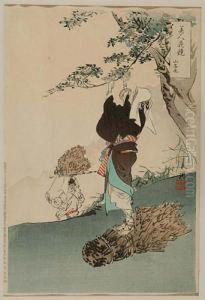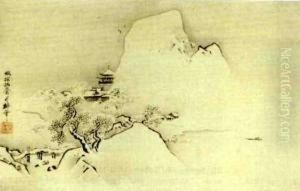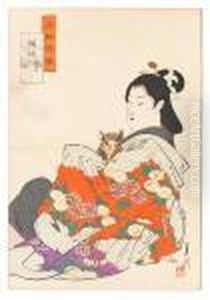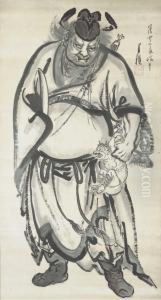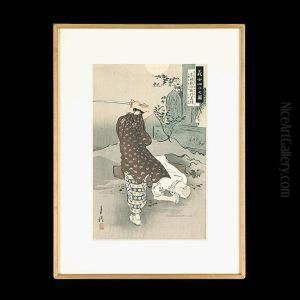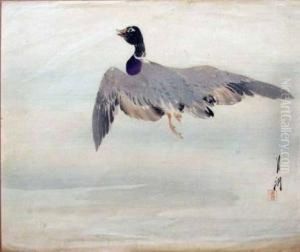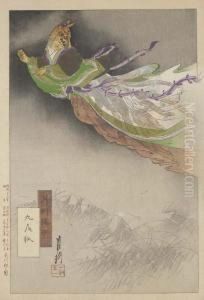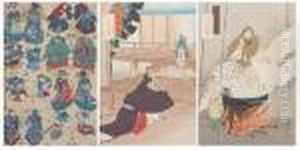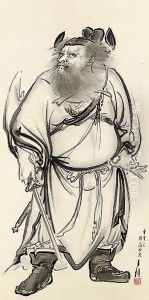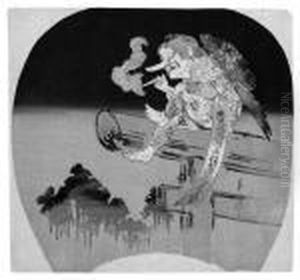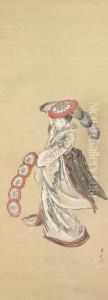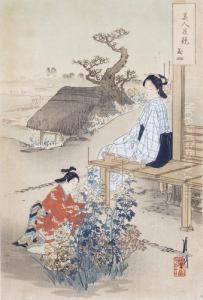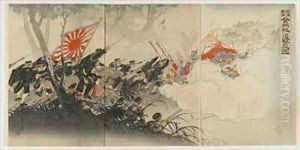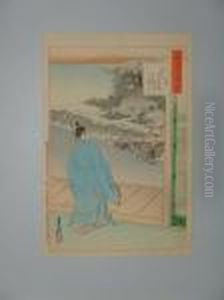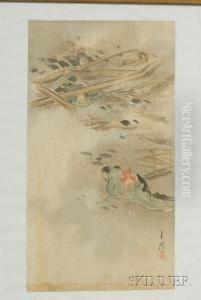Ogata Gekko Paintings
Ogata Gekko was a Japanese painter and printmaker who played a significant role in the late 19th and early 20th century Japanese art world. Born in 1859 in Edo (modern-day Tokyo), Gekko was active during the Meiji period, a time when Japan was undergoing rapid modernization and westernization following the end of over two centuries of self-imposed isolation under the Tokugawa shogunate.
Gekko started his artistic career as an illustrator for newspapers and magazines, which was a common entry point for many artists of the time. He was largely self-taught, and his early work was influenced by the ukiyo-e tradition, a genre of Japanese art which flourished from the 17th through 19th centuries, characterized by its focus on subjects like kabuki actors, sumo wrestlers, geisha, scenes from history and folklore, and landscapes.
As he developed his own style, Gekko began to diverge from the traditional ukiyo-e approach, incorporating Western techniques and perspectives into his work, which was a characteristic of the Meiji era art movement known as yōga. Despite this, he remained deeply rooted in Japanese traditions, often working with themes from Japanese literature, mythology, and history.
One of Ogata Gekko’s notable contributions to the art world was his series of prints that depicted scenes of Japanese military victories in the First Sino-Japanese War (1894-1895) and the Russo-Japanese War (1904-1905). These works not only showcased his skill as an artist but also served as patriotic propaganda for Japan.
Gekko received numerous awards and honors for his work, including a gold medal at the 1904 Louisiana Purchase Exposition in St. Louis, Missouri. His legacy includes a diverse body of work that encompasses not only prints but also paintings and illustrations. Ogata Gekko's works are held in many international collections and continue to be studied for their unique blend of traditional Japanese aesthetics and Western influence.
He passed away in 1920, leaving behind a legacy that has contributed to a greater understanding and appreciation of the transitional period in Japanese art from the Edo period to the modern era.
